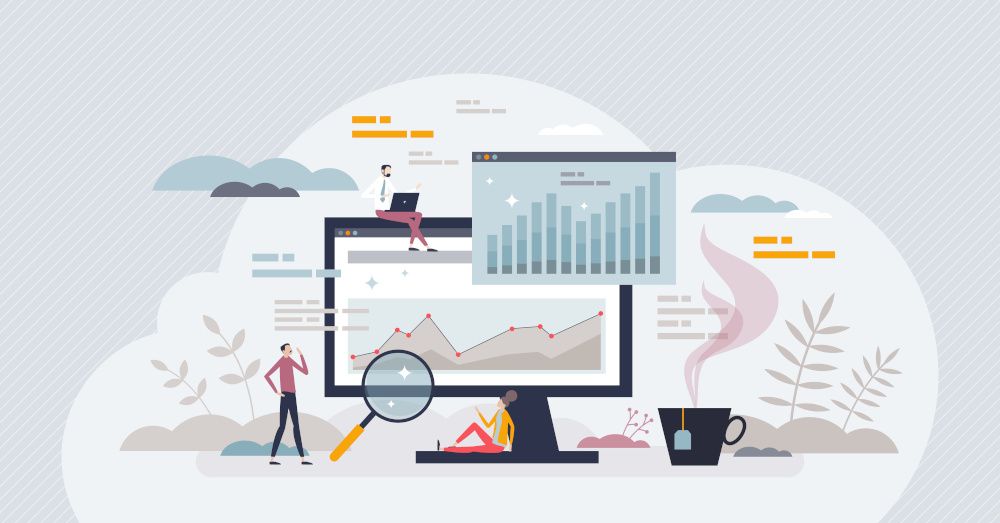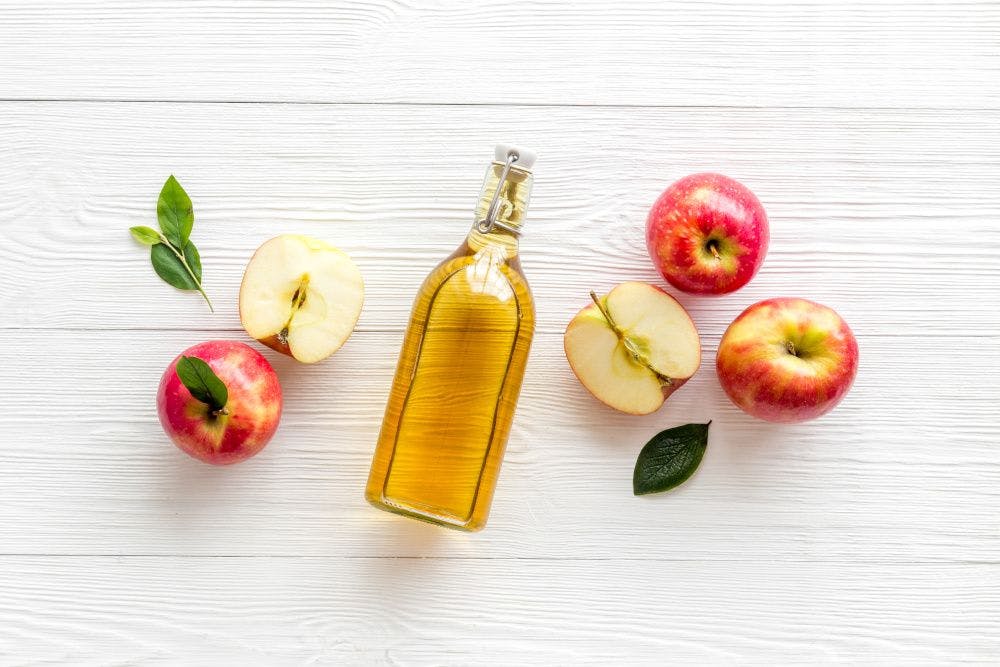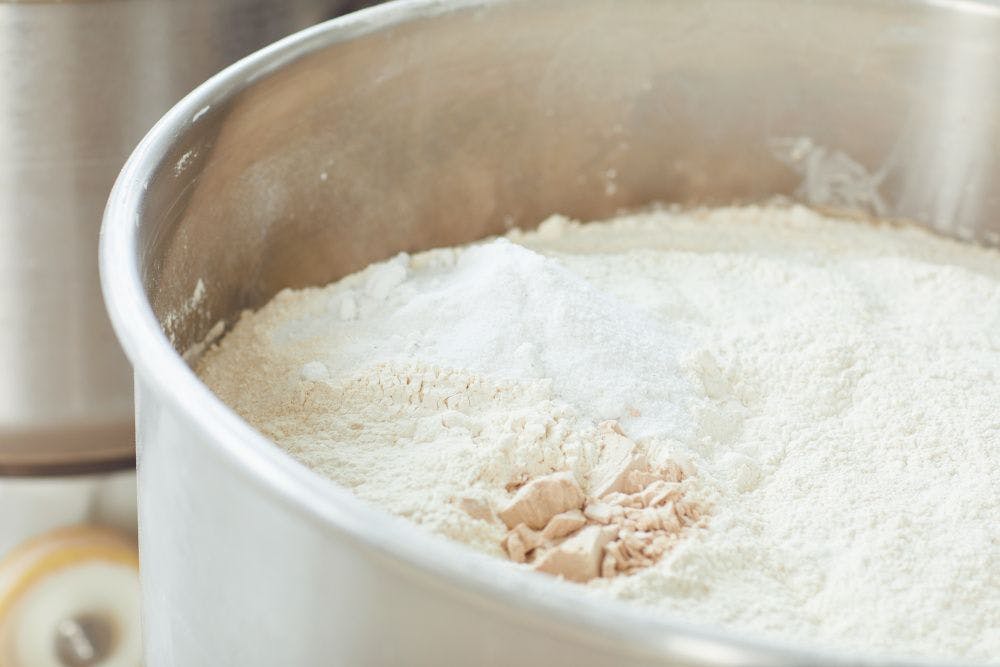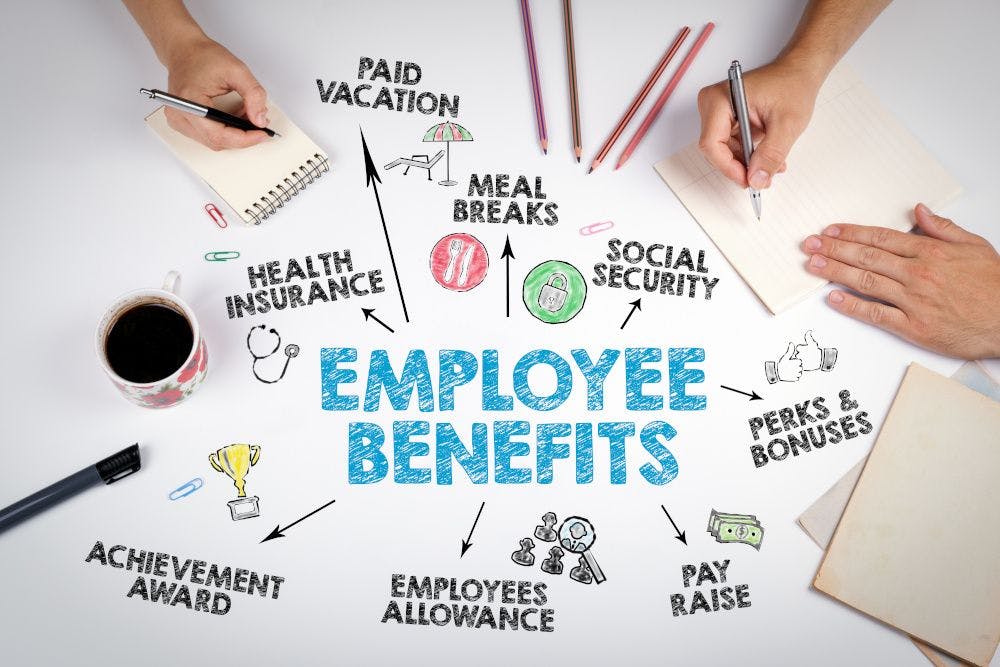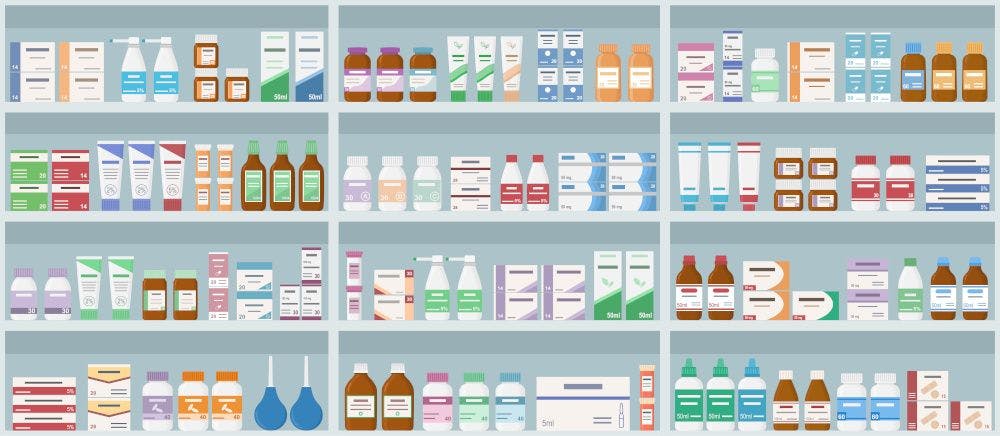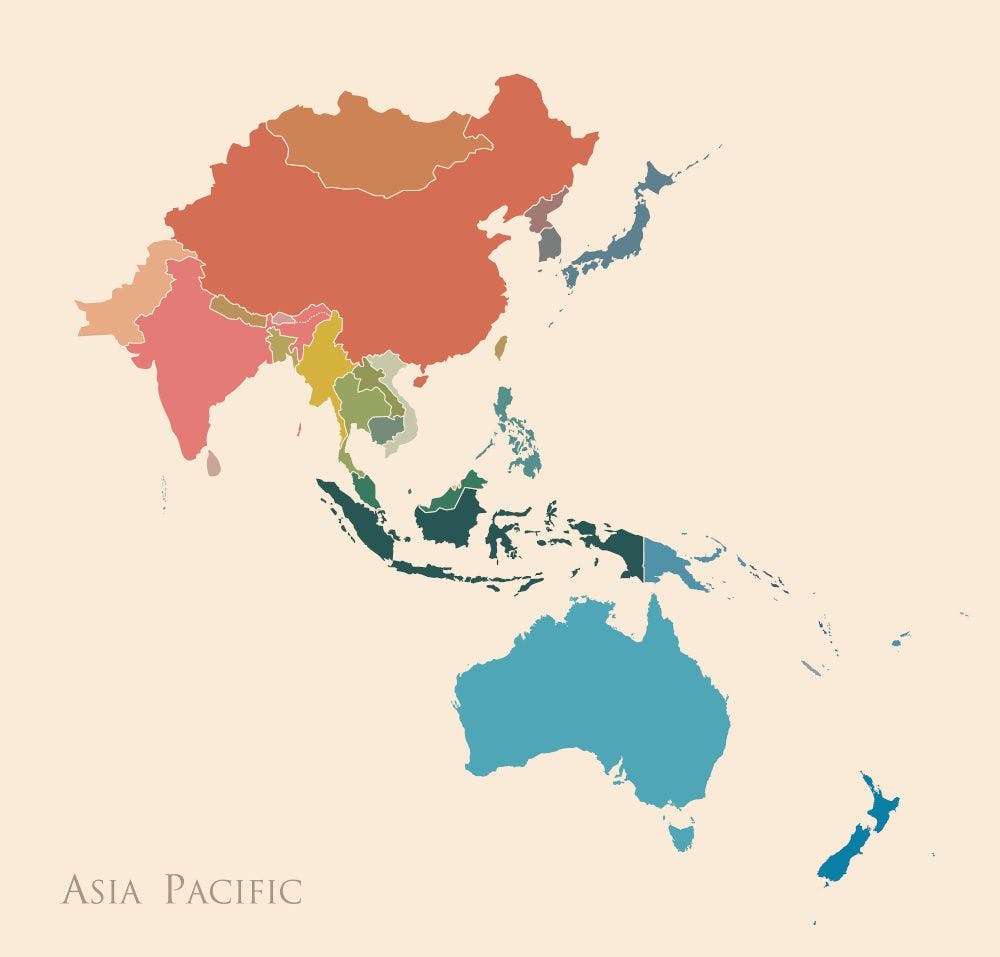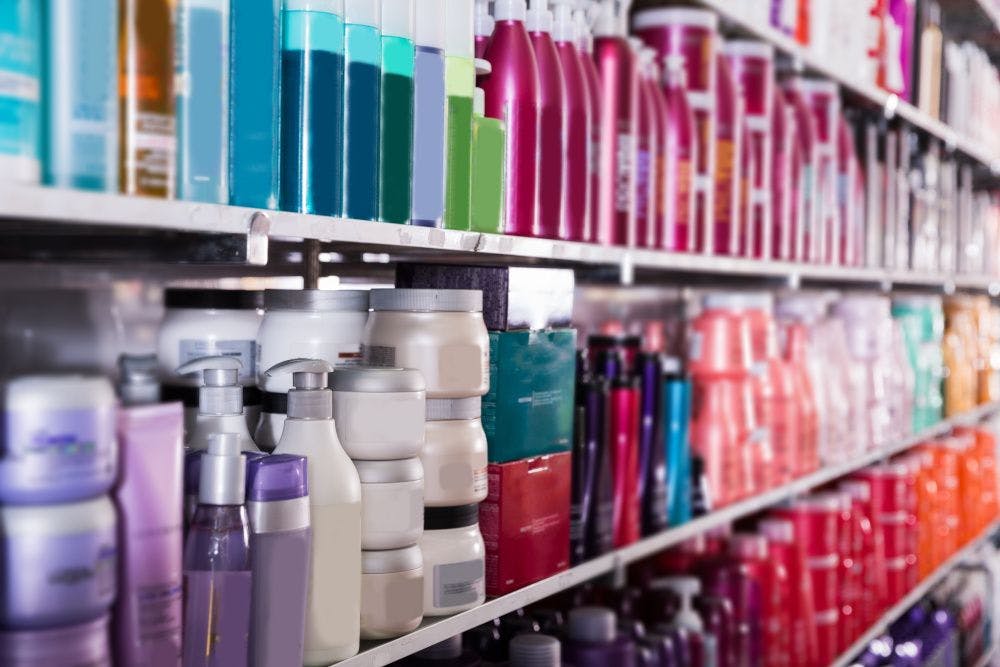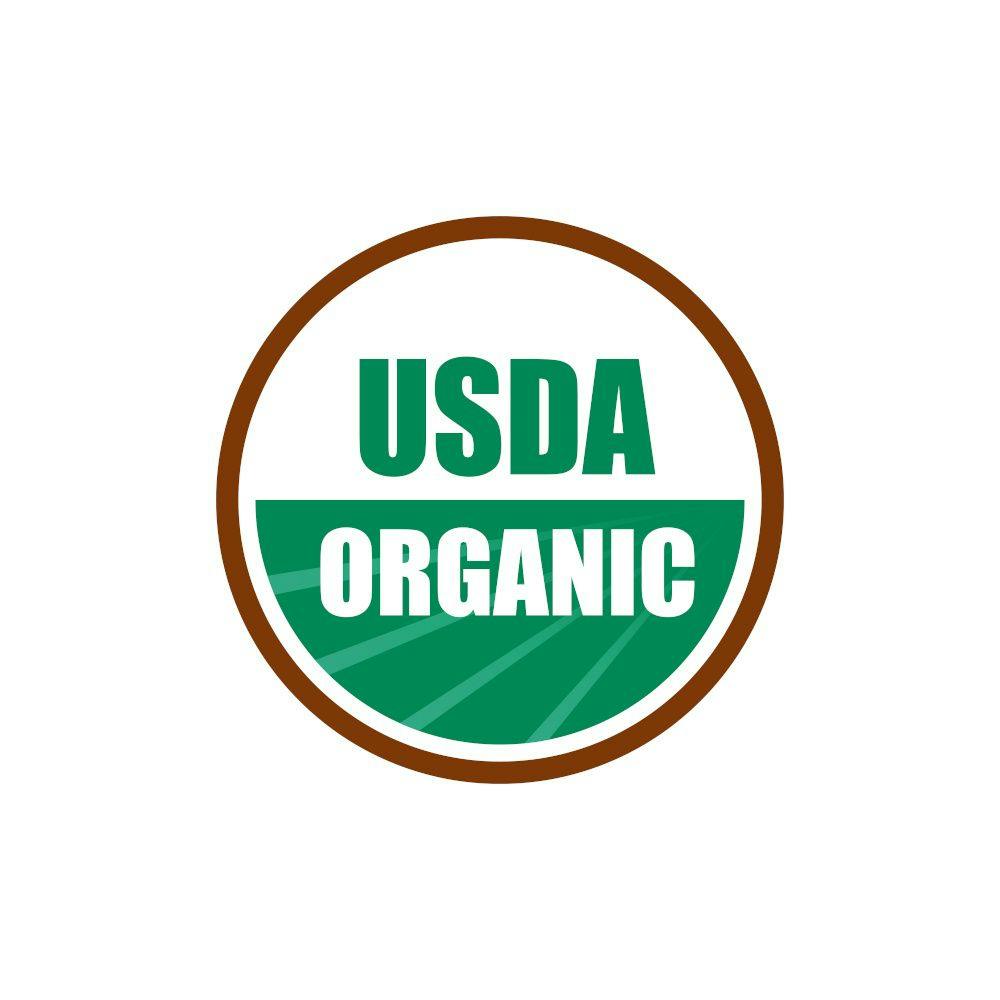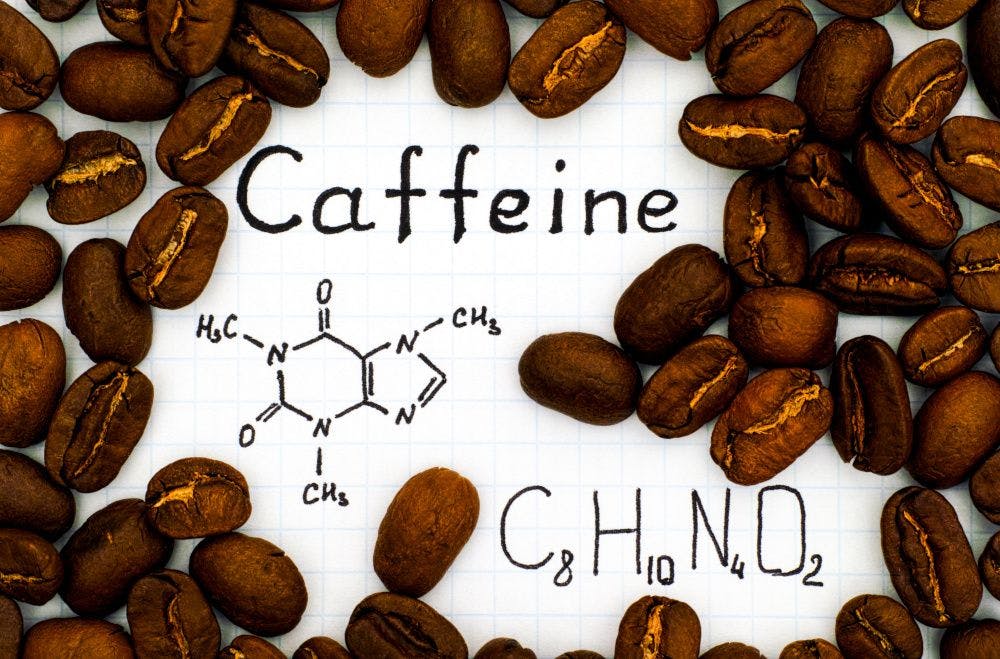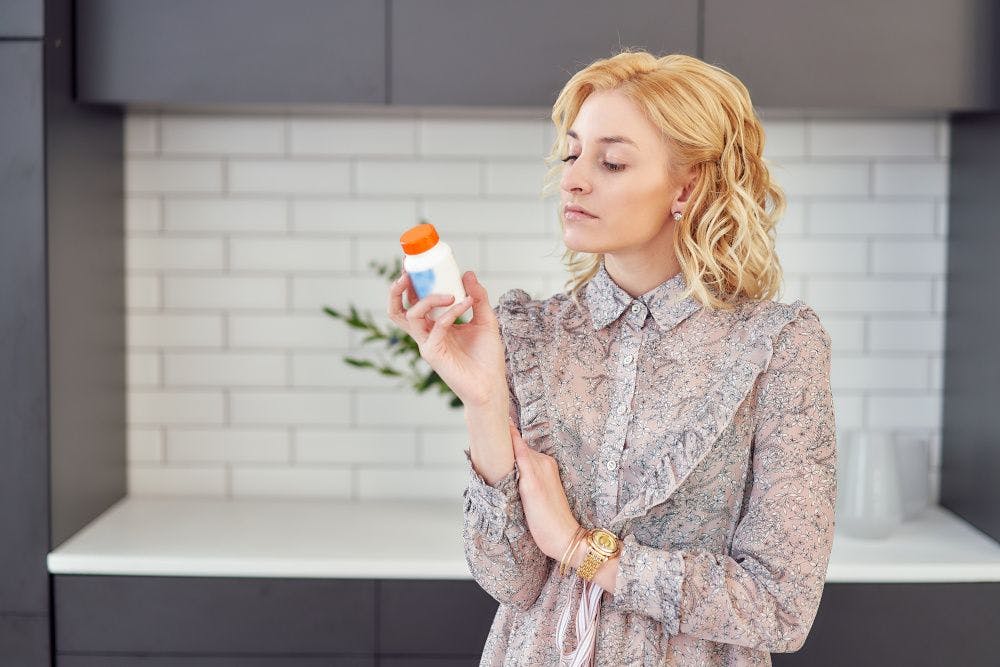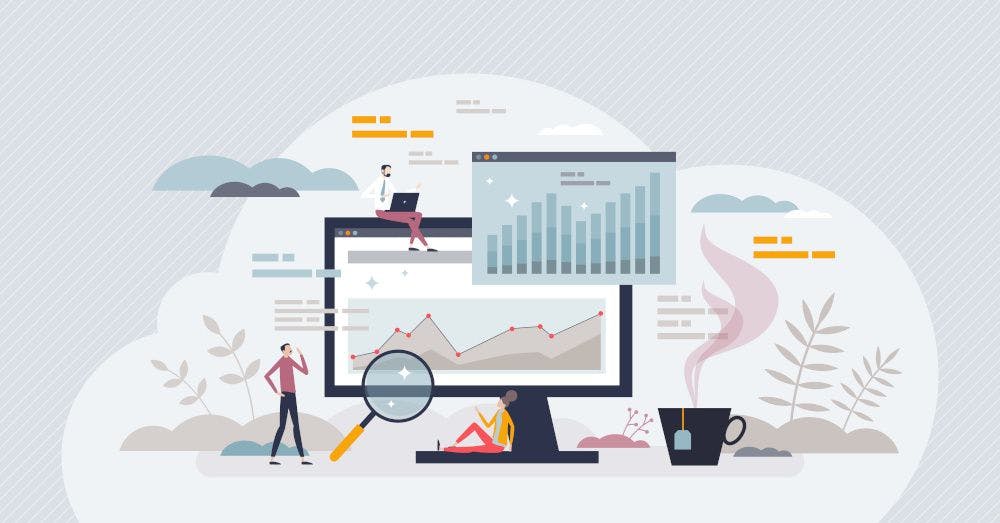Forecasting is a challenge for the supplements industry today
How wellness companies are learning to predict the unpredictable.
It’s the classic chicken-and-egg dilemma—which, coincidentally, has nothing to do with the egg shortages that foiled retailers, consumers, and others earlier this year, although it has everything to do with the forecasting challenges that such shortages represent.
Namely, as the supply-chain seas in the supplement industry grow ever stormier, how are ingredient manufacturers and wellness brands supposed to find enough clarity to generate the solid forecasts they need to steer their ships through…those ever-stormier seas?
It’s a riddle that Wilson Lau, president, Nuherbs (San Leandro, CA), has been turning around in his mind for some time. “Unrest and uncertainty have definitely hampered our capacity to make accurate, reliable forecasts,” he says, “because the more moving parts there are, the more difficult it is to hit the target accurately and repeatedly.”
And while he’s not holding his breath until the dilemma resolves on its own, he’s not jumping ship, either. “I don’t see clarity at the end of the tunnel any time soon,” Lau says, “but I do think we’ll get better at projecting and dealing with the uncertainties out there.”
There Goes the Sunflower
The highest-profile uncertainty currently facing industry is the tumult swirling around the war in Ukraine and Russia, and sunflower lecithin provides the object lesson in just what can go wrong.
Made, not surprisingly, from sunflowers—the world’s largest producer of which is Ukraine—sunflower lecithin long ago surpassed its soy-based cousin as the carrier of choice for supplement ingredients, principally because it sidesteps the allergen labeling required with soy.
“So when the sunflower supply fell,” explains Nathan Cox, chief business officer, Lief Labs (Valencia, CA), “the response wasn’t as easy as changing customers over to soy lecithin–based products. There were additional steps, such as adding allergen warnings, which brands then had to communicate to customers and retailers.”
But thanks to industry ingenuity, non-allergenic alternatives from sources like olive and grapeseed oil, not to mention some gum-based carriers, have entered the market in sunflower’s absence, Cox says. After all, he adds, “Whenever there’s a supply issue, innovation happens to fill the gap.”
Out of CITES
Alas, sunflower’s not the only “endangered” ingredient that supplement professionals will have to work around in an uncertain future.
Rhodiola rosea, Lau notes, is another. The adaptogenic herb grows natively in arctic areas near the Russian, Chinese, and North Korean borders, which complicates sourcing, given current geopolitical tensions.
But in another twist, this February all Rhodiola species landed on the Convention on International Trade in Endangered Species of Wild Fauna and Flora (CITES) appendix II, which lists species under threat and, thus, in need of trade controls.
“Brands that use Rhodiola in their products should immediately start working out how they and/or their ingredient supplier will comply with CITES,” Lau suggests in a statement concerning the listing. “Rhodiola is typically harvested in the fall,” he adds, “but the February listing date means that all the previously harvested Rhodiola already in the marketplace will have to transition to CITES.”
Tariff Tipping Point
As specialists in China-sourced botanicals like Rhodiola, Lau and the Nuherbs team have particular insight into how policy shifts even less consequential than these can render the best-laid sourcing strategies obsolete with the stroke of a pen. And among the policies the team’s watching right now, U.S. tariffs on Chinese product in particular are “looming over our heads,” he says.
Not surprisingly, Lau would like to see those tariffs eliminated—but in a rational, predictable fashion so that companies, like Nuherbs, that are holding Chinese product in warehouses don’t see that product rise in price 25% overnight relative to ingredients arriving after tariffs fall.
“If the government were to tell us that the tariffs would end in six months,” Lau explains, “we could all make an orderly transition from tariffed material to non-tariffed material. But without fair warning, how are herbal suppliers to adapt when they don’t have great margins to begin with? And if you didn’t make commitments and buy at the beginning of this harvest season, you’d be even worse off.”
Thus Nuherbs “fully supports” American Herbal Products Association (AHPA; Silver Spring, MD) comments advocating removal of the tariffs, which Lau believes are “harmful to us, harmful to the industry, and harmful to consumers.”
From Global to Local?
It’s enough to make a supplement professional long for the days when ingredient sourcing happened at home, absent the externalities of geopolitics, trade policy, and distance. And while that ship has long since sailed—and, frankly, for the good, given the benefits globalization has brought the supplement space—“I suspect the world is moving away from globalization to regionalization,” Lau wagers.
Unfortunately, he predicts that production costs will rise as a result, as moving operations from China to…well, to anywhere else won’t be quick, simple, or likely to yield goods “as good and cheap” as what we’ve come to expect from China, Lau cautions.
“Everyone forgets that it’s not easy to build and staff a factory,” he adds, “especially if there isn’t a logistical infrastructure of roads and such to support it. It’s like building a gleaming castle in the middle of the desert and expecting all the amenities of the city.”
Nevertheless, industry players are weighing their sourcing options, and some are even casting their gaze beyond the United States. “The U.S. dollar is strong now,” Cox notes, “which may benefit the U.S. in some aspects but slows growth for manufacturers who do international business.”
With those international customers monitoring their costs along with exchange rates, he says, some are holding off on ordering product for import. “So demand for U.S. production is still strong, but this exchange-rate issue is forcing customers to evolve and accept supplements from other markets, or even domestically, because of cost.”
Safe Spaces
That adds a whole new wrinkle to the forecasting challenge. But for many producers, “Demand has become the hardest aspect of our business to predict,” admits Adam Chilton, director of supply chain, Nammex (Roberts Creek, BC, Canada). “It’s hard to predict whether sales will decline with economic hardship, or keep growing with our expanding industry.”
One way Nammex determines where to focus its production involves “staying up to date with our customers’ demands and forecasts,” Chilton says. “As we see more brands looking farther out with their forecasting after the lessons of the past few years, it helps us help them when we have that information.”
And the lessons of the past few years have been pointed, particularly on the subject of where to tip the balance with respect to inventories.
For example, Nammex had to build more resiliency into its supply-forecasting calculations to increase inventory in advance of potential supply shocks. Yet at the same time, it aimed to minimize air shipping. As Chilton puts it, “After COVID, anything was possible: natural disasters, climate issues for raw materials, U.S.-China blockades, ocean-freight constraints, truck shortages, warehouse limits. At this point, having more inventory on hand, and paying more for warehousing, is our safest bet.”
And here again, staying up to date with their warehouses and production partners helps Nammex weather the storms. “Accuracy in projections is so essential to having inventory in stock during hyper-growth periods while also being conscious of warehouse space,” Chilton concludes. “And that’s seemingly getting tighter as companies need more inventory on hand.”
Wants Versus Needs
Lau sees inventory balance as a challenge of predicting actual need for an ingredient versus professed demand. For example, he explains, “When most companies were running just-in-time ordering, you could reliably know that if demand was out there, customers would have to order sooner”—because they’d literally need ingredients to fill rapid-fire production runs.
“But as companies shifted away from ‘just in time’ to ‘just in case,’” he continues, “order demand may not signal actual need because the product’s already in inventory.”
Nuherbs puts this insight to use when working with clients “so that we understand both their demand and their need,” Lau says, adding that doing so is particularly important for them “because we’re usually contracting out a year or longer with growers of our organic and pharmacopeial-grade herbs.”
It’s About Time
But despite some companies’ switch to just-in-case ordering, just-in-time is still a “thing,” and Cox notes that as more of Lief’s customers resume managing inventory according to the latter model, pressure rises on contract manufacturers “to deliver on time and in less time,” he says.
In fact, the top question they get as a contract manufacturer is, “‘What’s your lead time?’” Cox says. And that’s tough to answer because Lief customizes its production to each brand. “These products have multiple suppliers, and volumes can fluctuate dramatically,” he notes. “So to best answer that question, a strong communication platform needs to exist between the brand and contract manufacturer (CM), where the right questions are asked and proactive communication happens.”
For contract manufacturers, those question should revolve around parameters like order quantity, expected order date, and requested delivery date—all of which help contract manufacturers coordinate with vendors on lead times that reflect reality.
“This also allows the CM to plan staffing and communicate to the brand if unforeseen issues come up that could alter a standard lead time,” Cox adds. “That way, both can plan accordingly. Customers are also looking for flexible manufacturers that will allow orders to be pulled in or pushed out as they balance sales velocity versus tighter inventory.”
Secrets to Success
Lief’s been leaning on technology to help harmonize these variables, investing in systems like Salesforce CRM to support customer forecasting, sales and operations planning, and external communications, Cox says.
“We’ve also invested in our new enterprise resource planning system, which helps us better manage vendors, our planning calendar, and internal communications,” he adds. “Although it was challenging at first to teach the new system to the organization, we’re now seeing the benefits of a tried-and-true ERP system. We feel strong systems paired with strong employees equal success.”
Lau would add to that equation a strong balance sheet, which he claims is “key for companies as we enter more uncertainty.” His reasoning: “It allows for more certainty because the margin for error is greater.”
Lau also recommends that companies communicate, communicate, “and then communicate some more”—especially when working with partners from a different cultural background and language. “Sometimes things get lost in translation,” he concedes, “so it’s always wise to make sure that both sides align on expectations.”
Seeing Clearly
As for what’s next in the forecast, while the only certainty is uncertainty, industry professionals feel safe making some wagers as to which developments will come down the pike first.
Lau has long been vocal about his concerns regarding climate change—which is already influencing how Nuherbs operates.
“Sustainability in its broadest sense will be the challenge for the rest of our lives,” he cautions. “We’re going to have to factor it into everything we plan and do.” Thus Nuherbs has already installed solar power at its facility so that “when, not if,” extreme weather takes down power, Lau says, “we can still operate.”
Meanwhile, Cox notes that materials suppliers are currently seeing “very low demand,” which is depressing costs. But when industry rebounds—as he insists “it always does”—another shortage may be in the cards, and that could portend a materials price spike circa Q4 2023, he says.
But that doesn’t have to mean more chaos. “If brands, CMs, and the entire supply chain work together to communicate projections,” Cox believes, “we can minimize these shocks for everyone and get back to a more stable environment, as we saw pre-COVID.”
In fact, we may be on our way. “We’re starting to see improvements already,” Cox observes. “Brands and CMs are in a much better place to communicate forecasts to one another, which trickles down to materials suppliers. We’re seeing brands sell through excess inventory and begin discussing repeat orders, and we’re seeing retailers begin asking for innovative new SKUs. So everyone seems to be working together to support more growth for their businesses and the industry.”
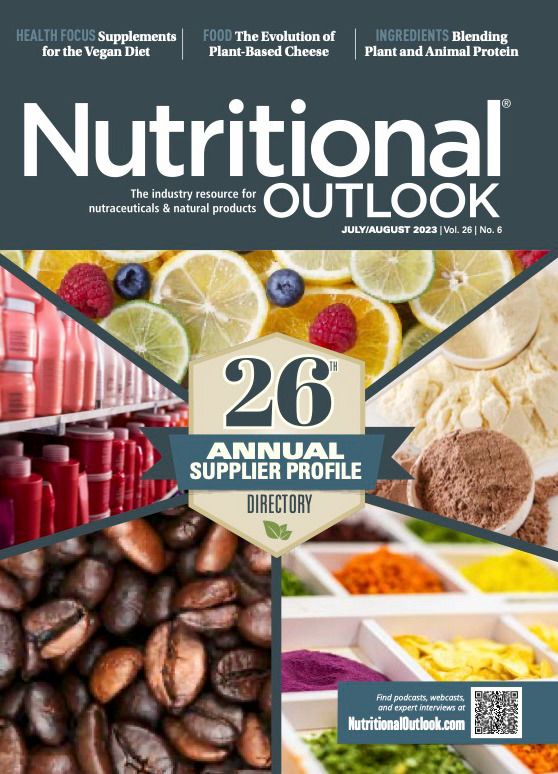
Prinova acquires Aplinova to further increase its footprint in Latin America
April 7th 2025Prinova has recently announced the acquisition of Brazilian ingredients distributor Aplinova, which is a provider of specialty ingredients for a range of market segments that include food, beverage, supplements, and personal care.


